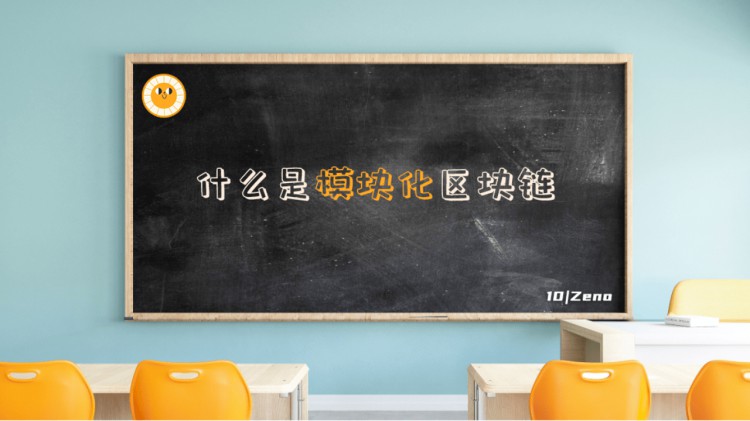Hi, I am 𝟏𝟎, this is #区块链发展史 ’s popular science series, this issue’s content: Modular Blockchain!
As the second-layer network becomes more and more popular, chain issuance seems to have become a very popular trend. With one-click chain issuance, modular blockchain came into being!

A modular blockchain network is a blockchain architecture that breaks down the various tasks or functions of the blockchain into different layers or modules. This separation allows for improved performance, scalability, and customization.
Modular blockchains typically include the following layers:
1. Execution Layer: This is where transactions and state changes occur, such as changing wallet balances. Users interact with this layer through transaction operations, currency transfers, and smart contract deployment.
2. Settlement Layer: An optional layer of the modular blockchain used to verify and resolve rollup transactions.
3. Consensus Layer: This layer provides order and finality through a network of full nodes that download and execute the contents of the block to reach a consensus on the validity of state transitions.
4. Data Availability Layer: This layer contains data that has been confirmed to be valid. It ensures that the data required to verify state transitions is available and easily verifiable.
By separating these tasks, modular blockchains can optimize each layer independently, resulting in significant improvements across layers, resulting in a more scalable, composable, and decentralized system. This is why modular blockchain is often considered the future of blockchain technology.
If the content is helpful to you, please like, comment and follow to support it, thank you! ! !
